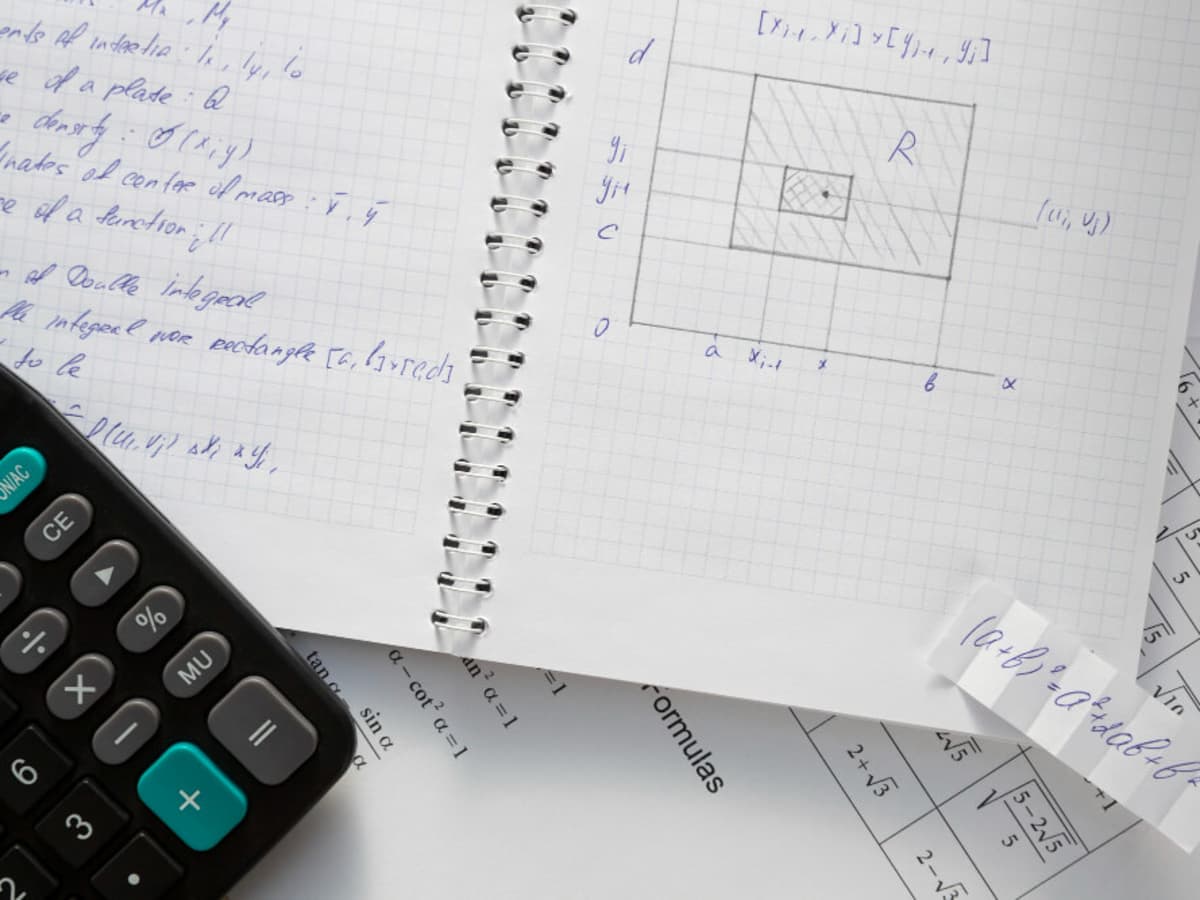
A 200-Year Algebra Enigma Resolved: Mathematician Discovers New Approach to Quintic Equations
For more than two hundred years, mathematicians have acknowledged a significant constraint in algebra—that no overarching formula exists for resolving fifth-degree (or higher) polynomial equations using radicals. This claim, established in 1832 by the exceptional yet tragic French mathematician Évariste Galois, has been a fundamental aspect of contemporary algebra. However, this entrenched belief has recently been contested by an unforeseen advancement.
Dr. Norman Wildberger of UNSW Sydney, alongside American computer scientist Dean Rubine, has revisited this dilemma with a remarkably innovative resolution. Their research, published in the American Mathematical Monthly, not only questions centuries of mathematical tradition but also revitalizes a field thought to be conclusively settled.
Revising Algebraic Chronicles
At the core of Wildberger’s breakthrough is a radical shift from conventional techniques. Instead of depending on irrational numbers—those non-repeating, non-terminating decimals such as √2 or π that lack precise expressions—Wildberger’s method adopts an alternative conceptual basis. He expands on the notion of power series: expressions formed from infinite sums of terms, each incorporating a variable raised to progressively higher degrees.
These power series are integrated with a newly identified mathematical framework known as “the Geode,” an expansion of the familiar Catalan numbers. Traditionally, Catalan numbers enumerate the various methods to subdivide a polygon into triangles using non-overlapping diagonals, a principle anchored in combinatorics and geometry. Wildberger’s Geode sequence broadens this into additional dimensions and intricate polynomial relationships, unveiling a concealed layer of organization in algebra.
Revealing Quintics and More
The Galois proof famously showed that no overall formula can resolve quintic (fifth-degree) polynomial equations with radicals, unlike quadratic, cubic, or quartic equations. However, that conclusion relied on a rigid framework centered around radicals and specific algebraic limitations.
Wildberger and Rubine navigate these restrictions by presenting a new algebraic and combinatorial framework. In doing so, they create a route to solving categories of polynomials previously regarded as generally unsolvable.
“This isn’t merely a modification—it represents a significant overhaul of a core aspect of algebra,” Wildberger expresses. “We’ve identified these extensions and demonstrated how, logically, they lead to a comprehensive solution for polynomial equations.”
The efficacy of the new methodology was illustrated on historical equations, such as the one employed by John Wallis in the 17th century to clarify Newton’s root-finding technique. While classical methods approximate solutions iteratively, the new framework delivers elegant, structured solutions with direct algebraic implications.
Presenting the Geode: A Novel Numerical Terrain
Perhaps the most intriguing element of Wildberger’s research is the introduction of the Geode array—a new sequence of numbers that transcends Catalan numbers, enhancing their combinatorial richness. These numbers not only aid in solving higher-degree polynomials; they may also signify a previously unrecognized mathematical framework.
Initial explorations indicate that the Geode sequence could be foundational to the traditional Catalan numbers, suggesting a unifying principle across various branches of mathematics, particularly in geometry, algebra, and combinatorics.
“We anticipate that investigating this new Geode array will generate many fresh queries and keep combinatorialists engaged for years,” Wildberger remarks. He compares it to uncovering a new continent within the well-charted mathematical landscape. “Truly, there are countless other potentials. This is just the beginning.”
Significance Beyond Pure Mathematics
Though Wildberger’s findings may appear theoretical, their ramifications could be considerable across disciplines that depend on polynomial equations—from physics and engineering to computational biology and machine learning.
Computational mathematics, in particular, is poised to gain from new strategies that can enhance how polynomials are solved algorithmically. By substituting irrational approximations with exact power series constructions, researchers might devise more stable, scalable solutions for intricate problems, especially in high-performance computing and symbolic algebra systems.
A Pivotal Moment in Mathematical Perspective
Advancements in mathematics are infrequent, and those that reshape foundational beliefs are even rarer. The work by Wildberger and Rubine serves as a reminder that even the most established truths in mathematics can be contested—and sometimes overturned.
For aspiring mathematicians, educators, and researchers, this development is a potent reminder that the horizons of intellectual exploration are continually broadening.
As Wildberger concludes, “Mathematics is a dynamic domain. There are still treasures hidden deep, left by the giants—awaiting discovery.”
To learn more about this impressive advancement, read Wildberger’s complete paper in the American Mathematical Monthly.
Support Independent Science Journalism
If insights like these motivate or educate you, consider backing science journalism. Your contributions help maintain accurate, influential reporting that makes complex discoveries accessible to all. Every donation drives the pursuit of truth and the enthusiasm to share it.
Let the quest for knowledge carry on.